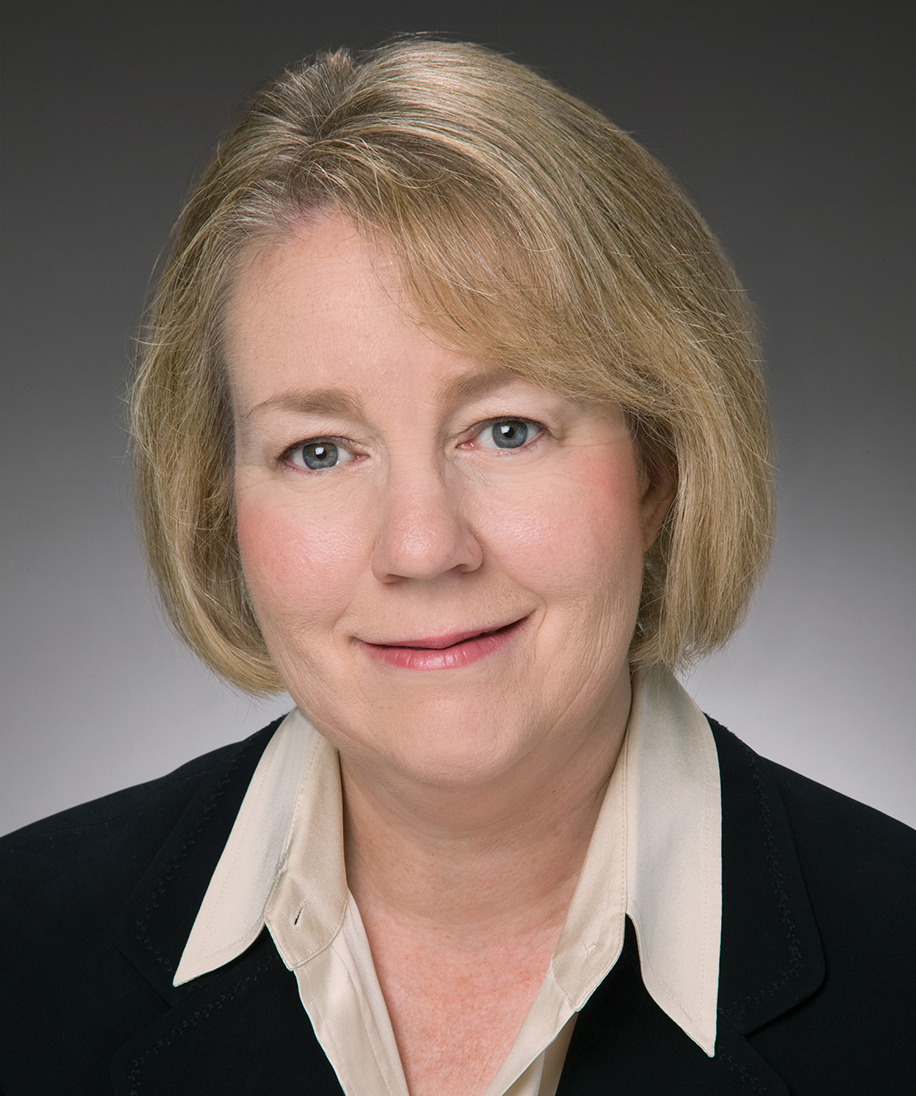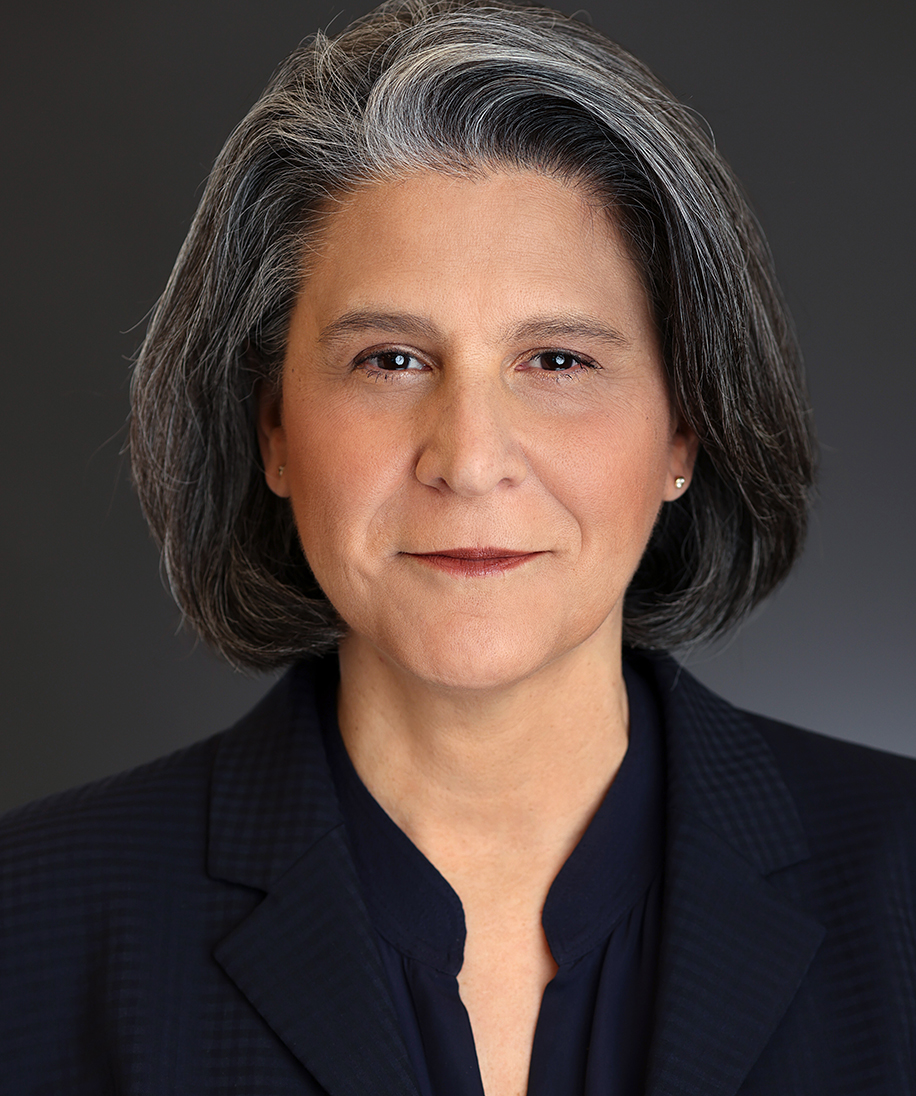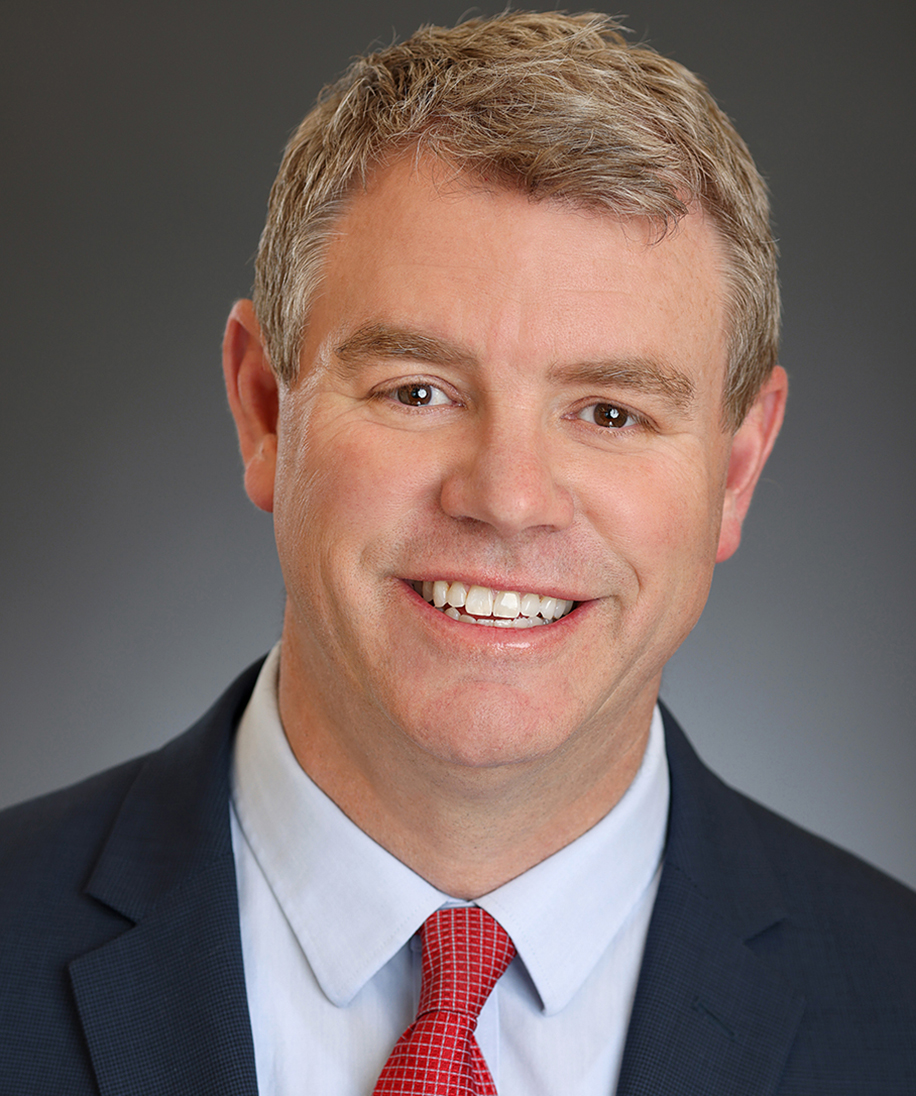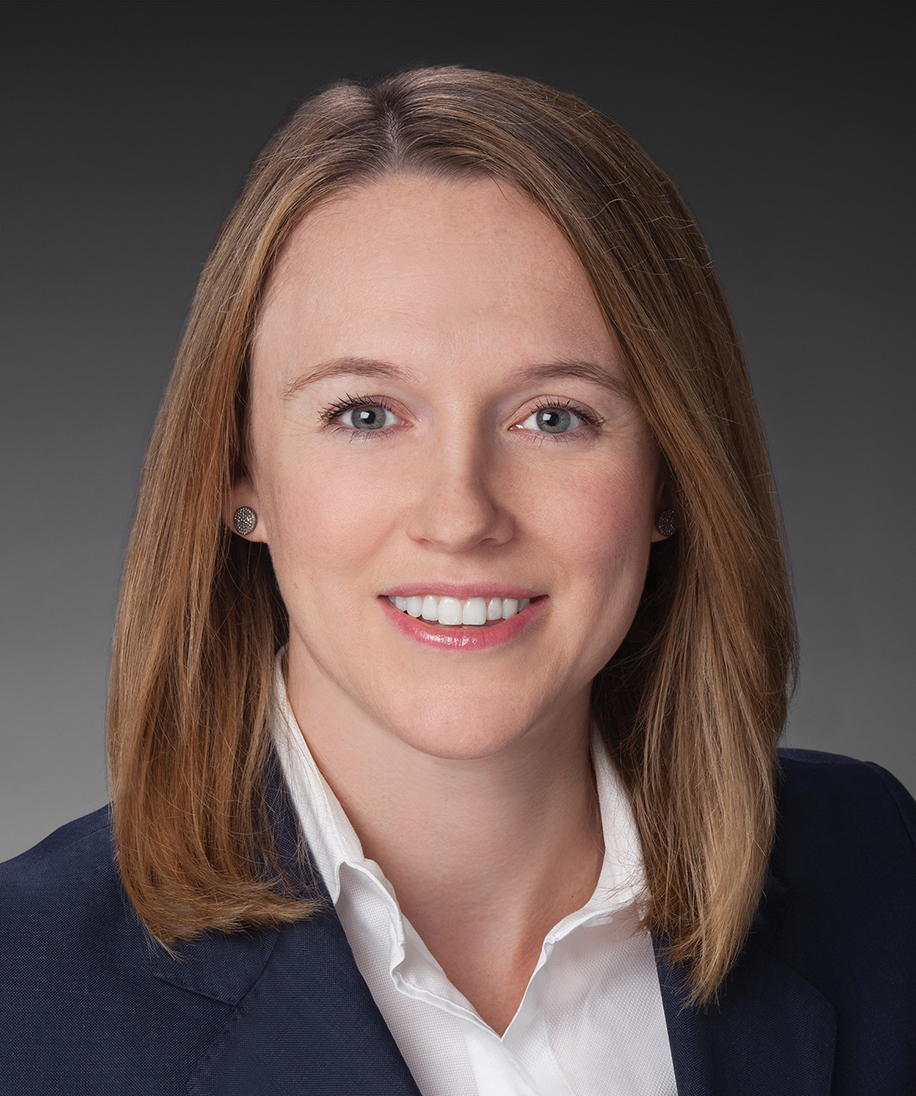Client Alert
SB 95: California Revives COVID-19 Supplemental Paid Sick Leave
March 22, 2021
By Jeffrey D. Wohl
and Paul A. Holton
On March 19, 2021, Governor Newsom signed Senate Bill 95, which requires public and private employers that employ more than 25 employees in the United States to provide their California employees with paid sick time for COVID‑19-related absences. SB 95 follows the December 31, 2020, expiration of paid sick leave entitlements required under the federal Families First Coronavirus Response Act and California Assembly Bill 1867. SB 95 not only renews many of the protections that were implemented through its two predecessor laws, it does so retroactively to January 1, 2021, and also expands upon the prior laws in multiple respects.
SB 95 becomes effective on March 29, 2021, and expires on September 30, 2021. Employers subject to the new law should immediately review and update their paid sick leave policies and wage or sick pay statements.
Which Employers Are Covered
SB 95 applies to private and public employers with more than 25 employees in the United States, as long as at least one employee works in California. SB 95 also expands coverage to all “providers”—irrespective of the number of employees—that provide in-home supportive services under the Welfare and Institutions Code to at least one eligible recipient.
Qualifying Reasons for COVID‑19 Supplemental Paid Sick Time
A covered employer must provide an employee supplemental paid sick leave under SB 95 if the employee is unable to work or telework for any of the following reasons:
- the employee is subject to a federal, state, or local quarantine or isolation order related to COVID‑19;
- the employee is advised by a health-care provider to self-quarantine or self-isolate due to concerns related to COVID‑19;
- the employee is attending an appointment to receive a vaccine for protection against COVID‑19;
- the employee is experiencing symptoms related to a COVID‑19 vaccine that prevent the employee from being able to work or telework;
- the employee is experiencing symptoms of COVID‑19 and seeking a medical diagnosis;
- the employee is caring for a family member who, due to concerns related to COVID‑19, is subject to a government isolation order or ordered by a healthcare professional to self-quarantine; or
- the employee is caring for a child whose school or place of care is closed for reasons related to COVID‑19 on the premises.
Duration and Use of COVID‑19 Supplemental Paid Sick Time
A covered employee is entitled to 80 hours of COVID‑19 supplemental paid sick leave, if the employee satisfies either of the following criteria:
- the employer considers the employee to work “full time”; or
- the employee worked or was scheduled to work, on average, at least 40 hours per week in the two weeks preceding the date the employee took COVID‑19 supplemental paid sick leave.
If the covered employee is a firefighter who was scheduled to work more than 80 hours in the two weeks preceding the date the employee took COVID‑19 supplemental paid sick leave, the employee is entitled to an amount of COVID‑19 supplemental paid sick leave equal to the total number of hours that the covered employee was scheduled to work in those two preceding weeks.
For all other employees (e.g., part-time employees), the minimum amount of COVID‑19 supplemental paid sick leave is calculated as follows:
- if the employee has a normal weekly schedule, the total number of hours the employee is usually scheduled to work for the employer over two weeks;
- if the employee works a variable number of hours, 14 times the average number of hours the employee worked each day in the six months prior to taking COVID‑19 supplemental paid sick leave or, if the employee has been employed for less than six months, over the entire period the employee has worked for the employer; or
- if the employee works a variable number of hours and has worked for the employer over a period of 14 days or fewer, the total number of hours the employee has worked.
COVID‑19 supplemental paid sick leave is in addition to any paid sick leave the employee may be entitled to under the Healthy Workplaces, Healthy Families Act of 2014 (“HWHFA”), Cal. Lab. Code § 246. Further, an employer may not require an employee to first use other paid leave provided by the employer.
Covered employees may use COVID‑19 supplemental paid sick leave immediately and may determine how many hours of COVID‑19 supplemental paid sick leave to use, up to the total number of hours to which the employee is entitled.
If an employee is actively taking COVID‑19 supplemental paid sick leave when SB 95 expires on September 30, 2021, the employee must be permitted to take the full amount of COVID‑19 supplemental paid sick leave to which the employee otherwise would have been entitled.
Retroactive Use of COVID‑19 Supplemental Paid Sick Time
SB 95 applies retroactively to January 1, 2021. Therefore, any employee who took leave for a reason covered by SB 95 between January 1 and March 29 (when the law was enacted) will qualify for the benefits provided under SB 95.
If an employee took leave on or after January 1, 2021 that would have qualified for COVID‑19 supplemental paid sick leave, and the employer did not compensate its employees in an amount equal to or greater than the compensation required under SB 95, the employer must provide its employee with a retroactive payment of supplemental paid sick leave upon the written or oral request of the employee. The number of retroactively-paid hours count against the employee’s total COVID‑19 supplemental paid sick leave benefit, and the retroactive payment must be issued on or before the payday for the next full pay period after the employee makes the request.
Alternatively, an employer that previously provided employees with leave for a reason covered by SB 95 and compensated its employee at an amount equal to or greater than what the law requires, may count the hours of the other paid benefit or leave towards the total number of hours of COVID‑19 supplemental paid sick leave required under SB 95. Leave provided pursuant to the HWHFA is excluded from these setoffs.
Compensation for COVID‑19 Supplemental Paid Sick Time
Non-exempt employees using COVID‑19 supplemental paid sick leave must be compensated at the highest of (i) their regular rate of pay for the workweek in which sick leave is taken; (ii) the covered employee’s total wages, not including overtime premium pay, divided by the employee’s total hours worked in the full pay periods of the prior 90 days of employment; (iii) the state minimum wage; or (iv) the local minimum wage to which the employee is entitled.
Exempt employees using COVID‑19 supplemental paid leave must be paid the same as they would be paid for other forms of paid leave time.
Notwithstanding the above, an employee’s pay for COVID‑19-related sick leave is capped at $511 per day and $5,110 total.
Employer Notice Requirements
Employers must display a poster that explains the nature of COVID‑19 supplemental paid sick leave. The Labor Commissioner must make publicly available a model notice by March 26, 2021. Pursuant to California Labor Code section 247, this notice must be posted in a conspicuous location at all workplaces. If an employer’s employees do not frequent the workplace, then it may disseminate the notice through electronic means, such as by e-mail.
Employers also must provide notice, either on a wage statement or through a separate writing provided on pay day, of an employee’s available COVID‑19 supplemental paid sick leave. This requirement takes effect in the first pay period following the date of SB 95’s enactment and continues thereafter. COVID‑19 supplemental paid sick leave information must be set forth separately from traditional paid sick leave information.
Enforcement
SB 95 expressly authorizes the Labor Commissioner to enforce its requirements in the same manner in which it enforces “paid sick days,” “paid sick leave,” or “sick leave” under existing law. Therefore, in the event COVID‑19 supplemental paid sick leave is unlawfully withheld, the employer may be subject to administrative penalties. The Labor Commissioner or the Attorney General may also bring a civil action to collect other legal or equitable relief, including reinstatement, back pay, the payment of sick days unlawfully withheld, and liquidated damages.
Next Steps
SB 95 takes effect on March 29, 2021, and then applies retroactively to January 1, 2021. Therefore, we recommend that companies employing more than 25 employees, including at least one in California, review their sick leave policies, update their wage or sick pay statements, and ensure they are in full alignment with the new law. SB 95 does not expire until September 30, 2021.
Contributors
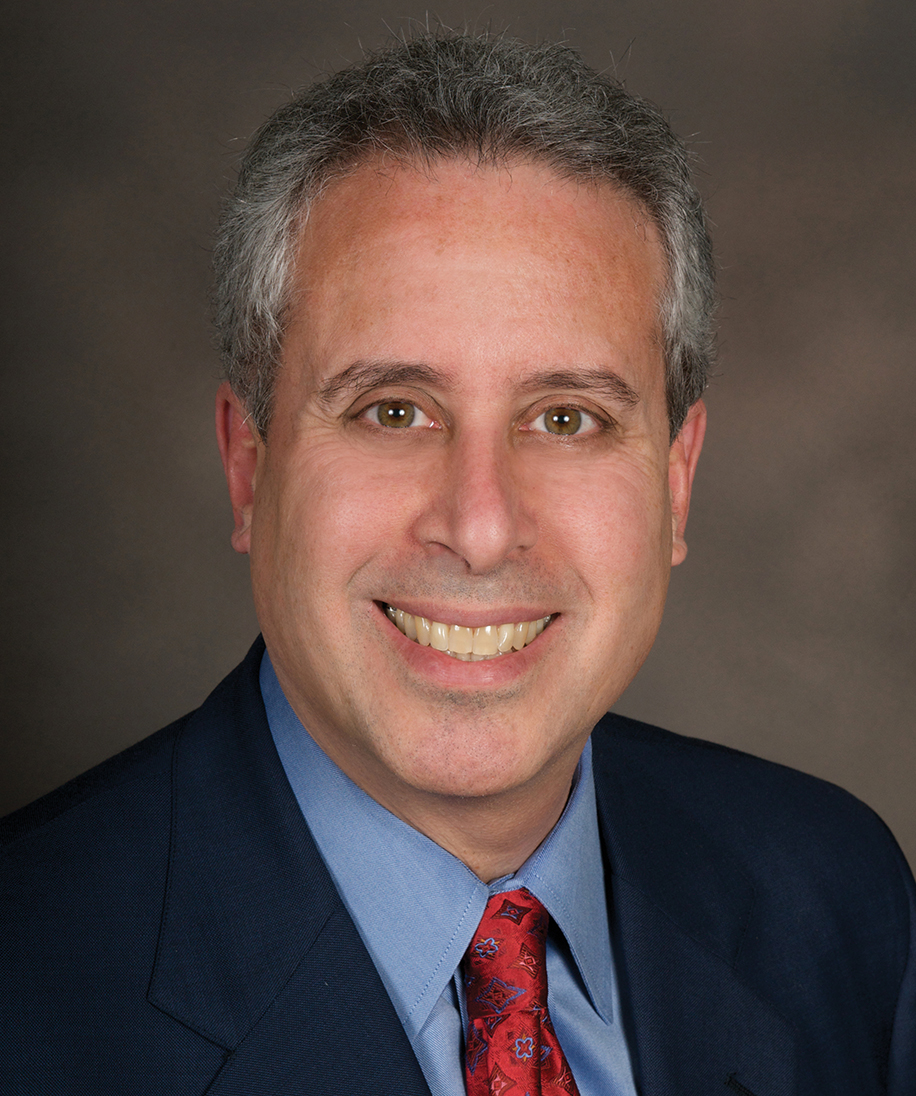
Practice Areas
For More Information
